Introduction: A Historic Step Toward Gender Equality
In a groundbreaking decision that reverberates across India’s legal and social landscape, the High Court of Andhra Pradesh has ruled that trans women are unequivocally women, entitled to full legal recognition as such. This landmark judgment, delivered by Justice Venkata Jyothirmai Pratapa, marks a significant milestone in the ongoing struggle for transgender rights in India. By rejecting the notion that womanhood is contingent upon the ability to bear children, the court has challenged deeply entrenched societal and legal norms, affirming that trans women are protected under India’s constitutional guarantees of equality and nondiscrimination. This ruling not only upholds the dignity and identity of trans women but also sets a powerful precedent for gender inclusivity in a country where traditional gender norms have long shaped legal and cultural frameworks.
This expanded exploration delves into the details of the ruling, the case that prompted it, and its broader implications for transgender rights in India. It also contextualizes the decision within India’s historical, cultural, and legal treatment of gender diversity, offering a comprehensive understanding of its significance. By weaving in relevant historical and cultural perspectives, this article aims to provide a nuanced and enriched narrative that celebrates the resilience of India’s transgender community while acknowledging the challenges that lie ahead.
The Case: Pokala Shabana’s Fight for Justice
Background of the Legal Battle
The case that led to this historic ruling was initiated in 2022 by Pokala Shabana, a transgender woman who sought legal protection under Section 498A of the Indian Penal Code. This section is designed to safeguard women from cruelty and harassment by their husbands or in-laws, offering legal recourse for domestic abuse. Shabana alleged that her in-laws subjected her to abusive treatment, prompting her to invoke this provision to seek justice.
However, her husband’s parents challenged her right to use Section 498A, arguing that it applied exclusively to cisgender women. Their contention rested on a narrow definition of womanhood, asserting that trans women, like Shabana, could not be recognized as women under Indian law because they are unable to bear children. They further claimed that Shabana’s allegations of harassment lacked sufficient evidence, attempting to discredit her case on both legal and factual grounds.
Justice Venkata Jyothirmai Pratapa, presiding over the case, rejected these arguments, delivering a ruling that not only upheld Shabana’s right to legal protection but also dismantled restrictive interpretations of gender. The court’s decision was grounded in India’s constitutional framework, which emphasizes equality, nondiscrimination, and the right to personal liberty. By affirming that trans women are legally entitled to recognition as women, the ruling challenged the notion that biological functions define gender identity, paving the way for a more inclusive legal landscape.
The Legal Arguments: Constitutional Protections Over Narrow Definitions
The court’s ruling rested on a robust interpretation of India’s Constitution, specifically Articles 14, 15, and 21. Article 14 guarantees equality before the law, ensuring that all individuals are treated equally regardless of their status. Article 15 prohibits discrimination on grounds of religion, race, caste, sex, or place of birth, while Article 21 safeguards the right to life and personal liberty. Justice Pratapa argued that denying trans women recognition as women would violate these constitutional protections, amounting to discrimination based on gender identity.
In her judgment, Justice Pratapa explicitly rejected the argument that womanhood should be tied to the ability to bear children, calling it “legally unsustainable.” She emphasized that such a definition not only undermines the lived experiences of trans women but also contradicts the spirit of equality enshrined in the Constitution. By invoking a 2014 Supreme Court decision that recognized the rights of “third gender” individuals, the court reinforced the legal precedent for protecting transgender identities. That earlier ruling, delivered in the case of *National Legal Services Authority v. Union of India* (NALSA), was a turning point for transgender rights in India, affirming the right to self-identify one’s gender and mandating affirmative action to address systemic discrimination.
“A trans woman, born male and later transitioning to female, is legally entitled to recognition as a woman. Denying such protection by questioning their womanhood amounts to discrimination.”
This statement from Justice Pratapa encapsulates the court’s commitment to upholding the dignity and rights of trans women, ensuring that they are afforded the same legal protections as cisgender women under Indian law.
Historical Context: Transgender Communities in India
The Hijra Community and Cultural Legacy
To fully appreciate the significance of this ruling, it is essential to understand the historical and cultural context of transgender identities in India. The subcontinent has a rich history of gender diversity, most notably embodied by the hijra community. Hijras, often described as a “third gender,” have existed in South Asia for centuries, occupying unique social and cultural roles. Historically, hijras were revered in many contexts, serving as spiritual figures, performers, and guardians of sacred spaces in Mughal courts and Hindu traditions. Their presence is documented in ancient texts such as the *Kama Sutra* and medieval accounts of the Mughal era, where they held positions of influence and respect.
Despite their historical significance, the colonial era under British rule marked a turning point for hijras and other gender-nonconforming communities. The British administration, guided by rigid Victorian gender norms, criminalized hijra practices through laws like the Criminal Tribes Act of 1871, which labeled them as “deviant” and subjected them to surveillance and persecution. This colonial legacy had a lasting impact, marginalizing hijras and other transgender individuals and stripping them of their traditional roles in society.
In modern India, hijras continue to occupy a complex social position. They are often visible at cultural events, such as weddings and births, where they perform blessings and dances, yet they face widespread stigma, discrimination, and economic exclusion. The Andhra Pradesh High Court’s ruling is a significant step toward restoring the dignity and rights of transgender individuals, including hijras, by affirming their legal recognition as women when they identify as such.
The Evolution of Transgender Rights in India
The journey toward legal recognition for transgender individuals in India has been marked by both progress and challenges. The 2014 NALSA judgment was a watershed moment, recognizing transgender individuals as a “third gender” and granting them the right to self-identify their gender. The ruling mandated affirmative action, including reservations in education and employment, to address systemic inequalities faced by transgender communities. It also directed the government to provide access to healthcare, identity documents, and social welfare schemes for transgender individuals.
Following the NALSA judgment, the Indian government introduced the Transgender Persons (Protection of Rights) Act in 2019. While the act aimed to protect transgender rights, it faced criticism from activists for its shortcomings, including a controversial requirement for medical certification to legally change one’s gender and inadequate provisions for affirmative action. Despite these limitations, the act represented a step toward institutionalizing transgender rights, even as activists continued to advocate for more comprehensive reforms.
The Andhra Pradesh High Court’s ruling builds on the foundation laid by the NALSA judgment, extending legal protections to trans women specifically by affirming their right to be recognized as women. This decision aligns with global trends toward recognizing gender identity as a fundamental aspect of human rights, while also addressing India’s unique socio-cultural context.
Cultural Context: Gender, Society, and Resistance
Gender Norms in Indian Society
India’s cultural landscape is deeply influenced by traditional gender norms, which often emphasize binary notions of male and female roles. These norms are rooted in religious, familial, and social structures, where marriage, procreation, and patriarchal family systems are central. The argument made by Shabana’s in-laws—that womanhood is defined by the ability to bear children—reflects these entrenched beliefs, which have historically marginalized both cisgender women who cannot conceive and transgender women who do not align with biological definitions of femininity.
However, India’s cultural history also includes examples of gender fluidity and nonbinary identities. Ancient texts like the *Mahabharata* feature characters like Shikhandi, a figure born female who transitions to a male identity, reflecting the acceptance of gender complexity in certain cultural narratives. Similarly, devotional traditions in Hinduism, such as the worship of androgynous deities like Ardhanarishvara (a composite of Shiva and Parvati), highlight the fluidity of gender in spiritual contexts. These cultural precedents provide a counterpoint to rigid modern interpretations of gender, offering a foundation for advocating greater acceptance of transgender identities.
Trans Activism and Cultural Representation
The Andhra Pradesh ruling has been celebrated by transgender activists, who see it as a validation of their long-standing fight for recognition and equality. Trans activist and artist Kalki Subramaniam, quoted in the original article, expressed relief and joy at the court’s decision, emphasizing its importance for the transgender community, particularly trans women. Subramaniam’s work as an artist and advocate highlights the growing visibility of transgender voices in India’s cultural and political spheres.
In recent years, transgender individuals have made significant strides in Indian media, arts, and public life. Films like *Taali* (2023), a biographical drama about transgender activist Shreegauri Sawant, and the inclusion of transgender characters in mainstream Bollywood and regional cinema have helped challenge stereotypes and humanize transgender experiences. Similarly, transgender artists, writers, and performers are increasingly using their platforms to advocate for equality and representation, contributing to a cultural shift toward inclusivity.
Despite these advances, transgender individuals in India continue to face significant barriers, including social stigma, economic exclusion, and violence. The Andhra Pradesh ruling, while a legal victory, underscores the need for broader societal change to ensure that transgender women are not only recognized in law but also embraced in everyday life.
Broader Implications: Trans Rights and the Path Forward
Impact on Legal Protections
The Andhra Pradesh High Court’s ruling has far-reaching implications for transgender rights in India. By affirming that trans women are entitled to the same legal protections as cisgender women, the decision strengthens the ability of trans women to seek justice in cases of domestic violence, harassment, and discrimination. It also sets a precedent for future cases, encouraging courts across India to adopt a more inclusive interpretation of gender in legal contexts.
Section 498A, the provision at the heart of this case, is athey are entitled to recognition as women under the law, ensuring that they can access the same protections as cisgender women in cases of domestic abuse.
LGBTQ+ Rights in India: The Broader Context
While the Andhra Pradesh ruling is a significant victory for trans women, it also highlights the broader challenges facing the LGBTQ+ community in India. Same-sex marriage remains illegal, despite growing public support for its legalization. The Indian government, led by Prime Minister Narendra Modi, has resisted calls to recognize same-sex unions, arguing in a 2023 affidavit that marriage is inherently between “biological males and females” and that this definition is “socially, culturally, and legally ingrained.” This stance has drawn criticism from activists who argue that it perpetuates discrimination and denies LGBTQ+ individuals equal rights.
The debate over same-sex marriage reflects broader tensions between tradition and modernity in India. While urban areas and younger generations increasingly support LGBTQ+ rights, conservative attitudes rooted in cultural and religious norms continue to pose challenges. The Andhra Pradesh ruling, by contrast, demonstrates the judiciary’s potential to drive progressive change, even in the face of governmental resistance.
Challenges and Opportunities
Despite the progress represented by the Andhra Pradesh ruling, significant challenges remain for transgender individuals in India. Many face barriers to accessing healthcare, education, and employment, as well as social stigma and violence. The Transgender Persons (Protection of Rights) Act of 2019, while a step forward, has been criticized for its limitations, including bureaucratic hurdles for gender recognition and insufficient protections against discrimination.
However, the ruling also presents opportunities for further advocacy and reform. By affirming trans women’s legal recognition, the court has provided a foundation for challenging discriminatory laws and policies. Activists can leverage this decision to push for amendments to existing legislation, greater inclusion in social welfare programs, and increased representation in public and private institutions. The ruling also sends a powerful message to society, encouraging greater acceptance of transgender identities and fostering dialogue about gender diversity.
Conclusion: A Step Toward a More Inclusive India
The Andhra Pradesh High Court’s ruling that trans women are legally entitled to recognition as women is a historic victory for transgender rights in India. By grounding its decision in the principles of equality and nondiscrimination, the court has reaffirmed the dignity and humanity of trans women, challenging restrictive definitions of gender and paving the way for a more inclusive legal framework. This decision builds on the legacy of the 2014 NALSA judgment and reflects India’s evolving approach to gender diversity, rooted in its rich cultural history of inclusivity and fluidity.
Yet, the ruling is just one step in a larger journey. Transgender individuals in India continue to face systemic barriers, from social stigma to legal and economic exclusion. The fight for full equality requires sustained activism, cultural change, and policy reform. As India grapples with the tension between tradition and modernity, this ruling serves as a beacon of hope, signaling the potential for a future where all individuals, regardless of gender identity, are recognized and respected as equal members of society.
The voices of transgender activists, artists, and community leaders like Kalki Subramaniam remind us of the resilience and strength of India’s transgender community. Their advocacy, combined with judicial decisions like this one, is shaping a more inclusive India, one where every individual can live authentically and free from discrimination. As the nation moves forward, this ruling will undoubtedly serve as a catalyst for further progress, inspiring hope and action for generations to come.

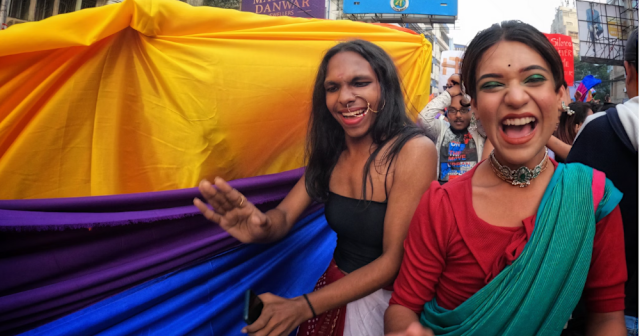

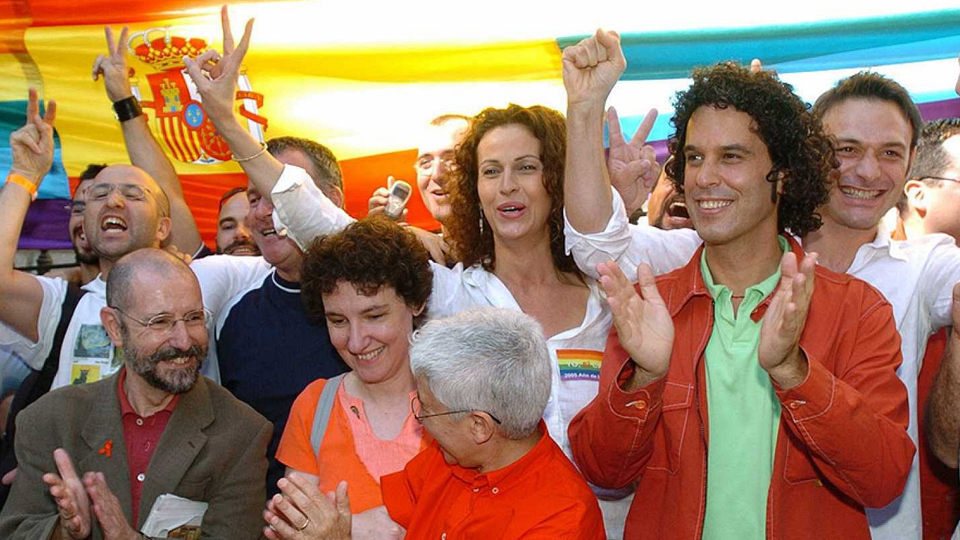











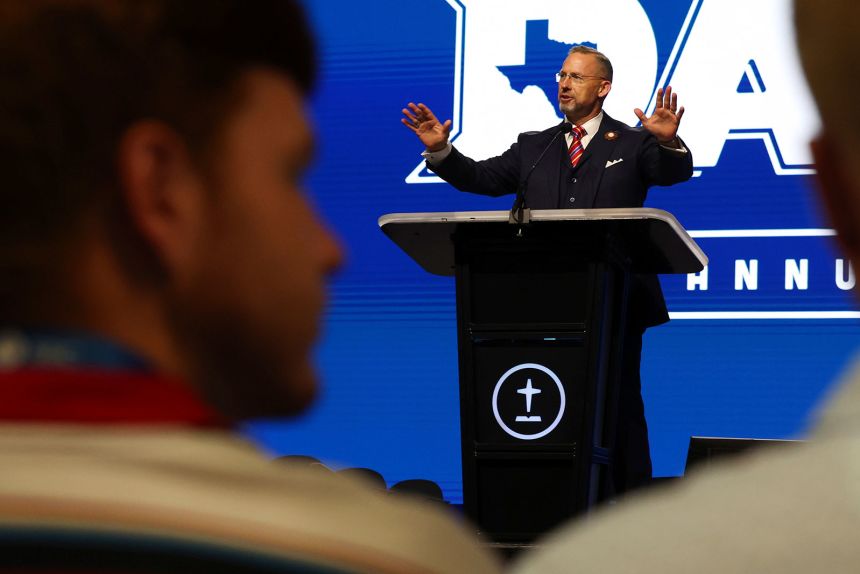
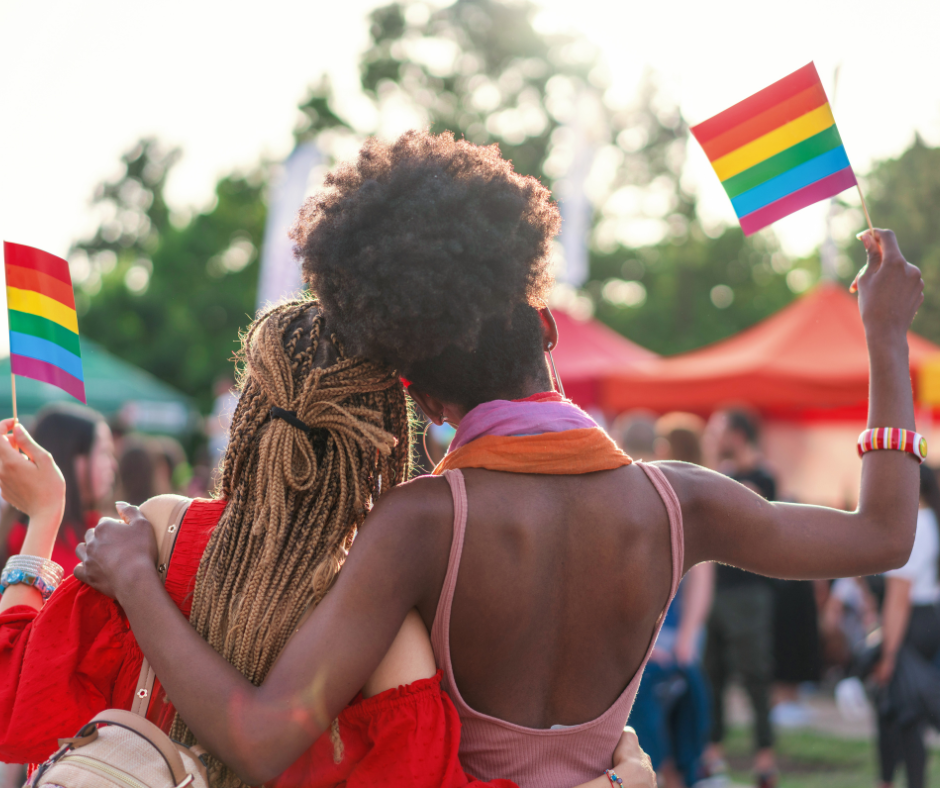

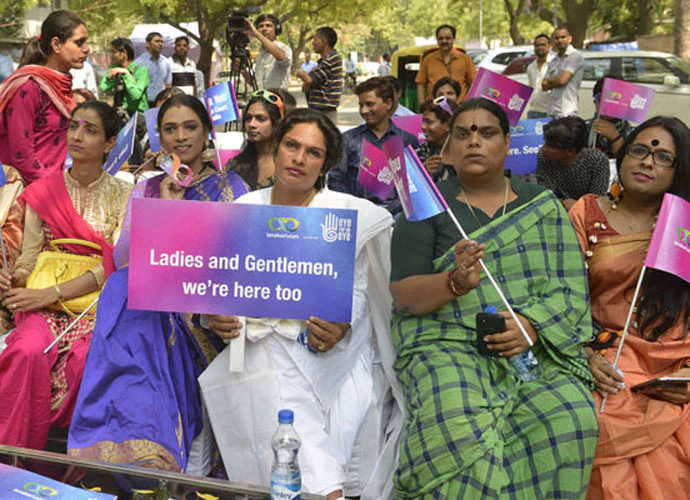
0 Comments